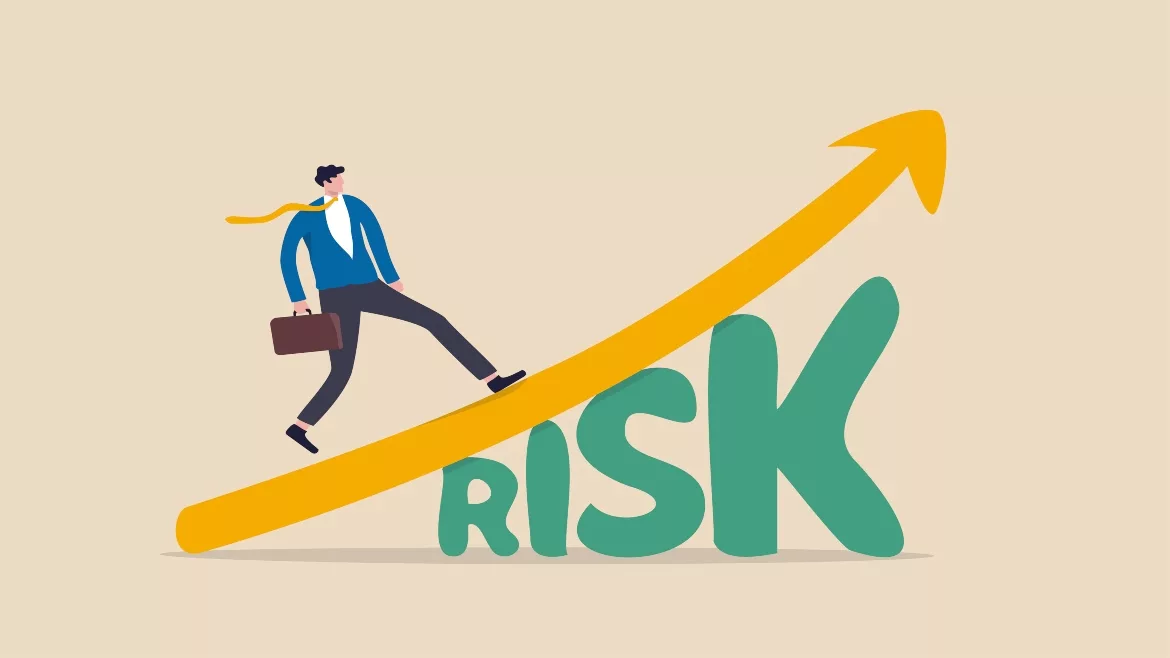Managing risk in today’s volatile economy

Image by eamesbot via Freepik
Chief executive officers (CEOs) from around the world identified cyber risk as their number one threat to growth in 2022, with 49% saying cybersecurity was their top concern. Many CEOs worry that cyber risk could inhibit innovation as well as sales, threatening near-term and long-term growth.
The organizations that have stood out from the pack in the past two years have not just managed risk, but proactively planned and protected their most important assets. Rather than focusing on defense, proactivity helps give an agile advantage when managing cybersecurity. Organizations that have the right resources in place can make real-time, risk-informed decisions.
Securing an organization’s data is an essential piece of an organization’s larger risk mitigation strategy. When dealing with security threats, financial fraud and risk, and a myriad of other business challenges, organizations should align on a global strategy to mitigate risk exposure, track and update protocols to meet new regulations, and implement always-on data tracking, threat monitoring and reporting.
Monitoring Enterprise Vulnerability
The current volatile geopolitical environment is further exacerbating cyber risk, introducing rapidly evolving sanctions and putting safety at the forefront of all decisions. Ransomware attacks are more frequent and more sophisticated, contributing to why CEOs believe cyber risk is currently the biggest threat to business. In addition to cyber risk concerns, 46% of organizations experienced fraud, corruption or other economic crimes in the last 24 months.
According to PwC’s 2022 Global Risk Survey, three-quarters of executives are planning on increasing spending across data analytics, process automation and technology to support the detection and monitoring of risks. The ability to track and understand changes in policy and regulations and their impacts on financials helps businesses maintain continuity of operations, reallocate resources and make investments to critical areas in black swan events. With the business climate continuously fluctuating, having real-time insight can move the needle.
Evolving Risk Assessment
Business leaders should understand the evolution of risk exposure locally and globally to address potential vulnerabilities. PwC research also revealed that 38% of organizations report that their risk function is not actively seeking external insights to assess and monitor risks. Having the proper risk assessment tools makes it simple to unlock vulnerabilities across the enterprise, especially holes in financial modeling.
Today, less than 40% of business executives are reaping the benefits of consulting with risk professionals early in their programs. This disconnect is often attributed to disjointed and outdated processing capabilities, and improper channels of communication to interpret the data. Good analysis and modeling are key components of proactive financial risk management, as is including risk management capabilities at the start of new projects and other strategic initiatives.
Risk oversight is not only a responsibility of the risk management team but should also be a key decision factor at every level of a company, with protocols put in place from the C-suite down. Management should understand and calibrate the risk profile and appetite of their organizations, especially in times of crisis, tumultuous change or significant risk events. Utilizing technology to fill in the gaps can give leaders at the highest levels visibility into the organization’s risk assessment and arm them with the knowledge that can span across business decision-making.
Always-on Monitoring Solutions
If a significant risk event occurs, always-on monitoring solutions can provide real-time assessment of vulnerable areas and assist the risk management team when making critical decisions. These measures provide end-to-end risk assessment and aid in viewing the big picture of the threat or drill down into finer details.
Organizations of any size should consider a platform that allows users to monitor risks, build and implement privacy programs and track their progress — all in one place. These solutions can empower global privacy programs in response to growing data privacy challenges and financial security threats. As data protection laws and regulations evolve, leaders can outline the specific clauses that have changed, detailing the severity of deviations with links to the official documentation.
With solutions to address cybersecurity and financial risk, organizations can assess the short-term and long-term threats and understand points of contention in an enterprise-grade lens in order to better meet the current economy’s pace of change.
Looking for a reprint of this article?
From high-res PDFs to custom plaques, order your copy today!




.webp?height=200&t=1651851262&width=200)
